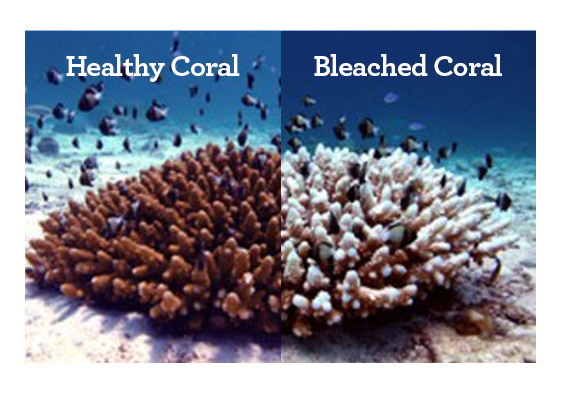

Some filters allow you to manually adjust the flow rate. Try to place them away from the filter outtake and in a more sheltered part of the aquarium, or reduce your filter current. The other thing that mushroom corals won’t tolerate is strong water flow. These corals prefer low to moderate light and might move into the shadow of a rock if the reef lighting is too bright.

Mushroom corals might be highly robust and adaptable, but they won’t tolerate being exposed to intense light. A 10-gallon tank can easily accommodate most mushroom corals. Tank Sizeīecause mushroom corals are the least demanding type of coral, they can be kept in small nano tanks. The following notes apply to most commonly kept mushroom coral species, but not Ricordea species, which we’ll discuss at the end. Mushroom corals are relatively easy corals to care for, but they still require an owner with a good grasp of saltwater aquarium maintenance to keep them happy. They’re the least commonly kept of all mushroom corals, but their rarity gives them extra appeal to some reef keepers! Mushroom Coral Care Guide While they are a fascinating family of colorful corals, these aggressive eaters require regular feeding to remain happy. Species like Corynactis californica, ‘the strawberry anemone’, do possess retractable feeding tentacles to catch their prey, but are not true anemones. Caution should be advised, therefore, when keeping these corals with small fish! Corynactis / PseudocorynactisĬorynactis are another fish-eating coral group and are sometimes referred to as false anemones. Some species of this cunning coral will even produce an alluring scent to coax fish into its reach before closing their mouths around them. Often forming small colonies in the wild, they both photosynthesize and catch marine organisms like crustaceans and small fish in their huge mouths. An impressive display, Amplexidiscus can fetch high prices in aquarium stores. This coral’s body consists mostly of a large mouth disc that can reach 16 inches in diameter. Less Commonly-Kept Mushroom Corals: AmplexidiscusĪlso known as ‘elephant ear anemone’, Amplexidiscus is not an anemone at all, but a true mushroom coral. Ricordea yuma can be especially challenging, and we’ll talk more about caring for Ricordea in a dedicated subsection later on. They’re much easier to keep than anemones but can be trickier than other types of mushroom corals.

Their incredible colors make them highly sought-after invertebrates. Ricordea are sometimes called ‘mushroom anemones’ because of their bubbly appearance that resembles some anemones.

The Ricordea genus comprises two bizarre but beautiful-looking species of mushroom coral: Ricordea florida and Ricordea yuma. These quirky names clue us to just how otherworldly these corals can be! Ricordea Some of the most famous rhodactis mushroom corals are the bounce mushroom and hairy mushroom subgroups. Rhodactis have a fuzzy appearance and come in almost every color you could wish for, including ‘Rainbow rhodactis mushroom’ which exhibits almost every color of the rainbow. Rhodactis mushroom corals are another very easy group to care for, so they’re great for beginners. They can be of uniform color or striped in red, blue, green, and metallic colors. Their body consists of a round, shiny plate with a mouth protruding at the center. Discosoma / Actinodiscusĭiscosoma mushroom corals are some of the easiest to care for of all types of coral, and they’re also very beautiful! Let’s take a look at the 5 main groups of mushroom corals. This puts them in a different bracket to the more difficult-to-care-for large polyp stony corals (LPS) or small polyp stony corals (SPS). Introducing The Different Types of Mushroom Coralīecause mushroom corals don’t have a hard calcium carbonate skeleton, they can be regarded as ‘soft corals’‘. Widespread in temperate and tropical waters including Australia, Pacific Ocean Islands, the Caribbean, Indonesia Mushroom corals, mushroom anemones, disc anemones, false corals Mushroom Corals for Reef Tanks at a Glance Mushroom Corals InfoĪctinodiscus, Rhodactis spp. Here we’ll take a look at the vast array of Mushroom Corals, and how best to take care of them. The ‘Fungiidae’ or ‘Mushroom Corals’ are a fascinating family of corals that include some of the easiest species of coral for first-time reef keepers to care for.īut this broad and diverse family also includes some stunning coral groups like Ricordia and Amplexidiscus that can be expensive and more tricky to care for, too.


 0 kommentar(er)
0 kommentar(er)
